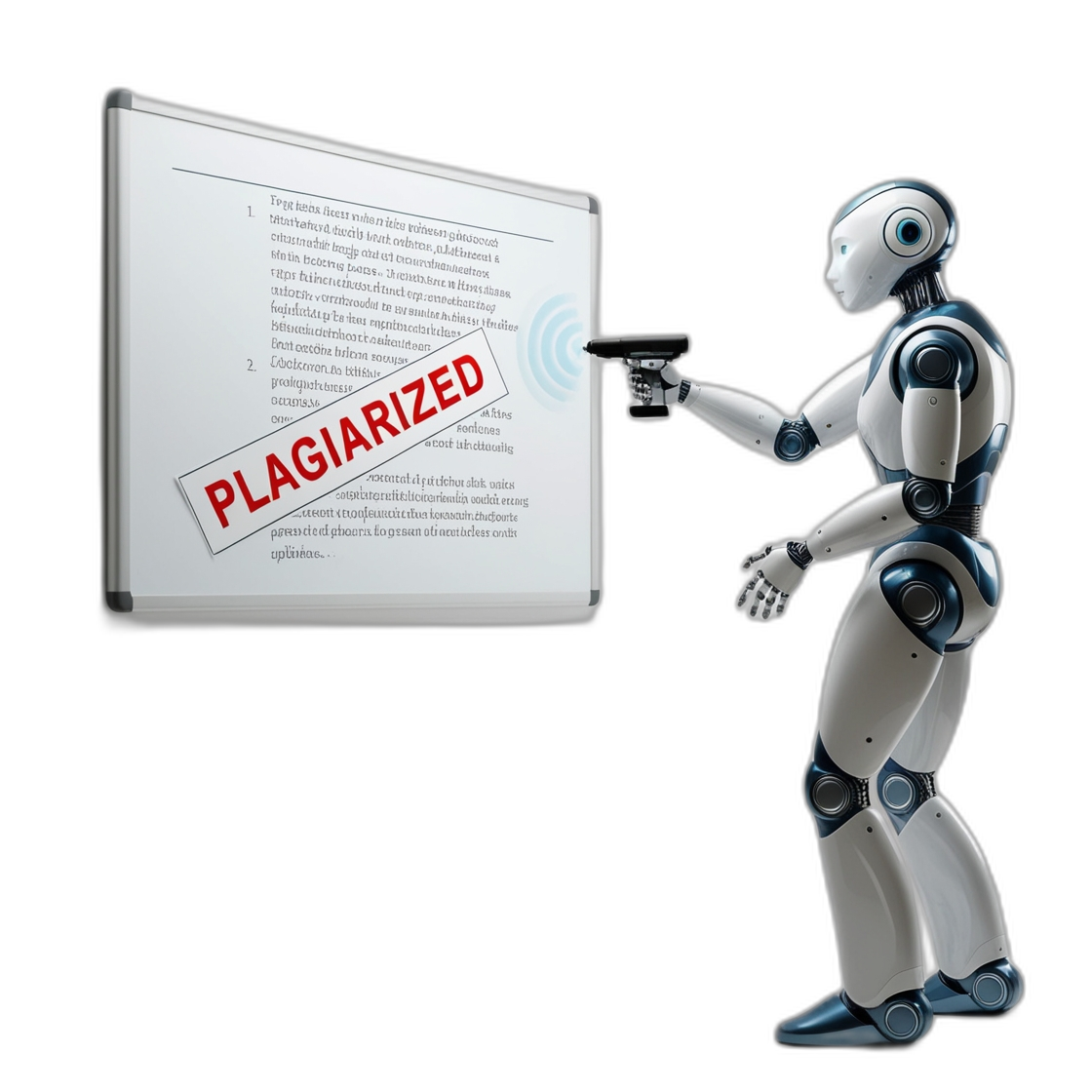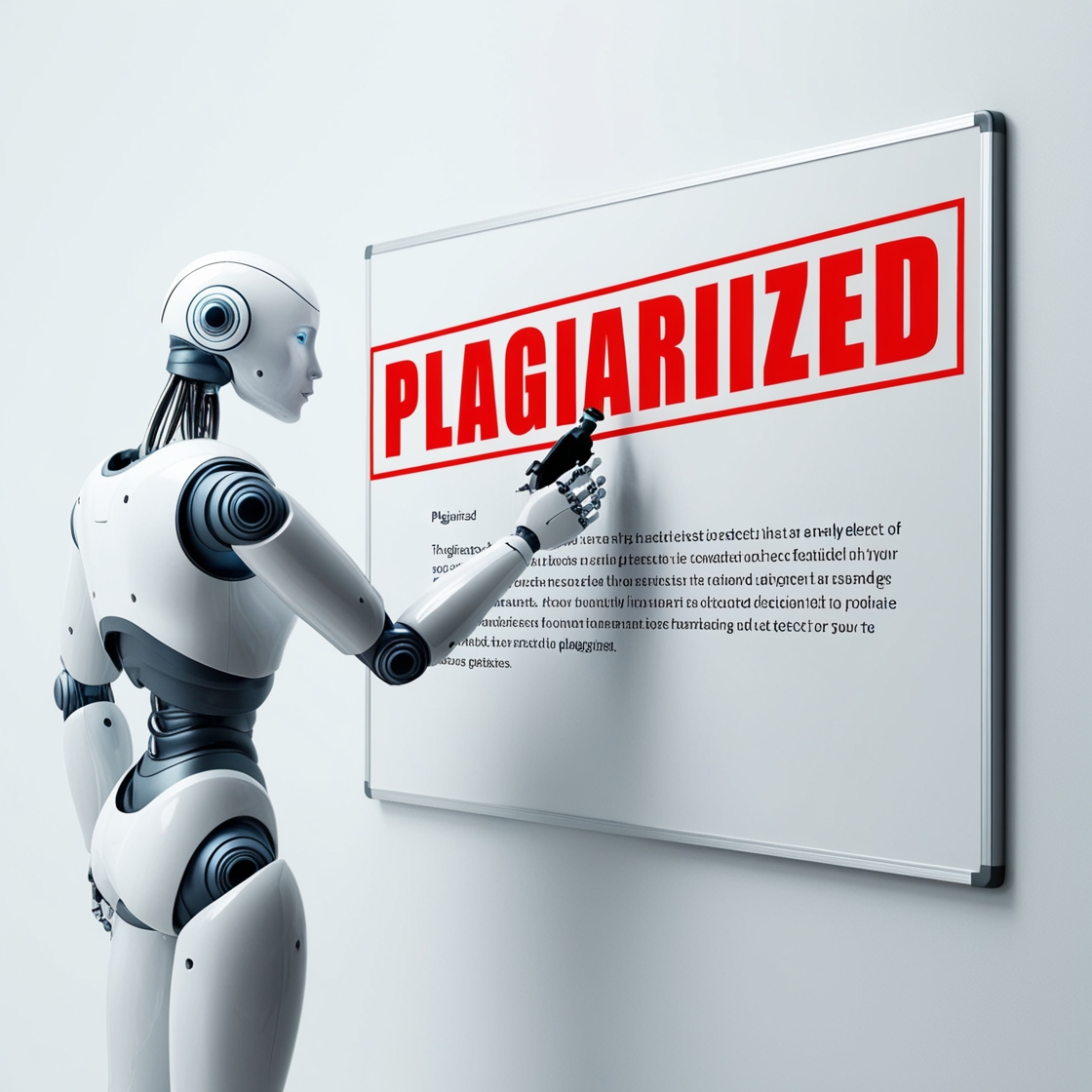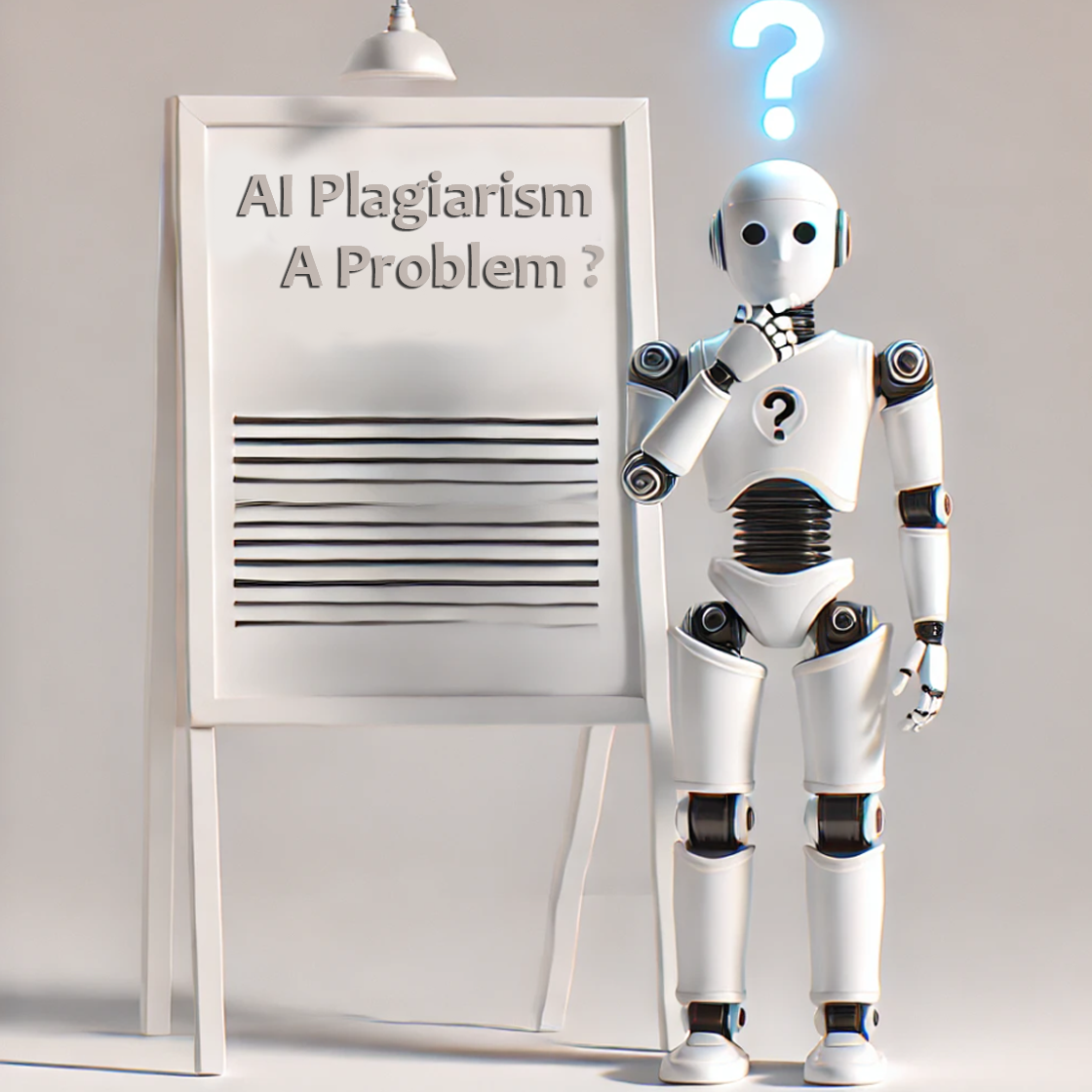What Is AI Plagiarism and How to Avoid It
AI plagiarism happens when AI tools generate content that is presented as original without proper acknowledgment. Since AI often draws from existing data, it can unintentionally replicate ideas or phrases.To avoid AI plagiarism, always review and edit AI-generated content, use AI-detection tools to check for originality, and properly cite any sources. This ensures your work remains authentic and credible


